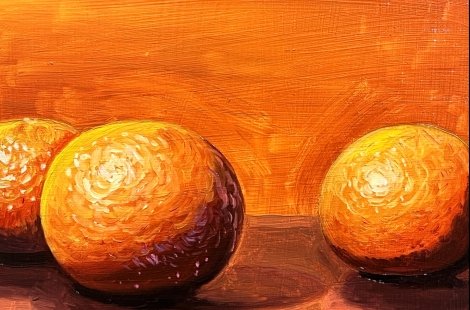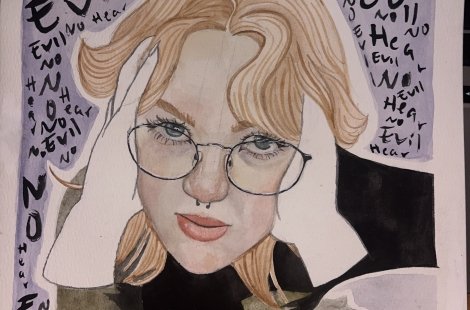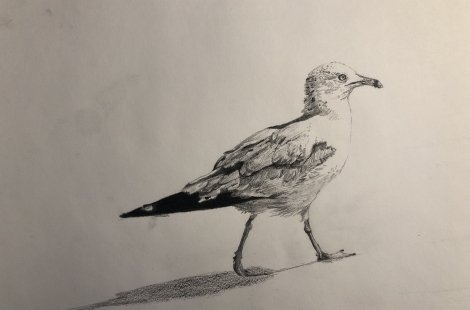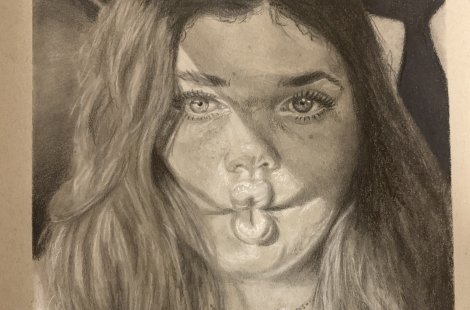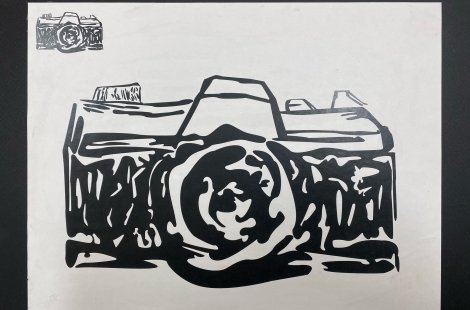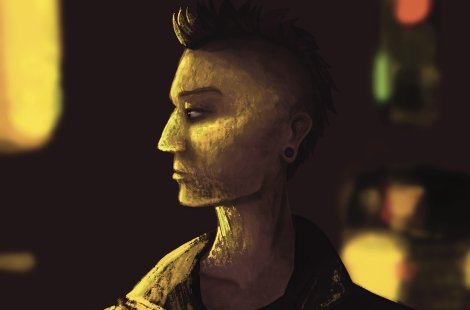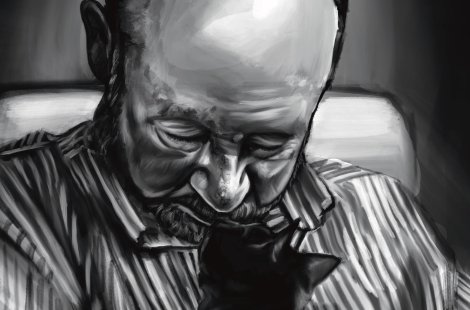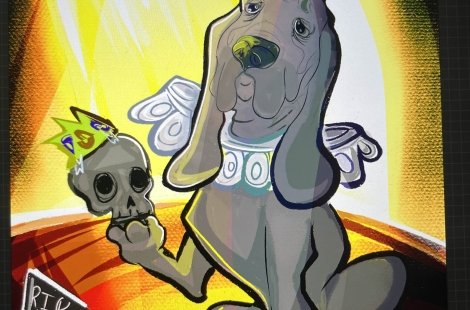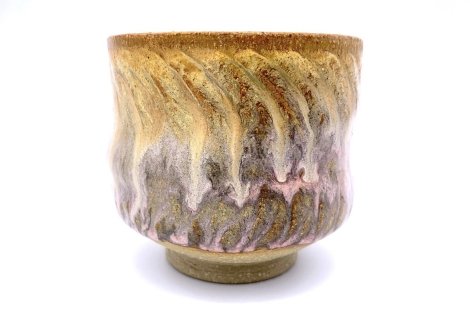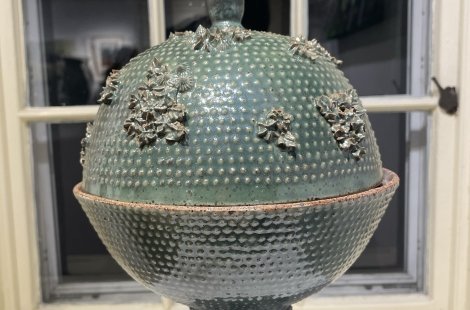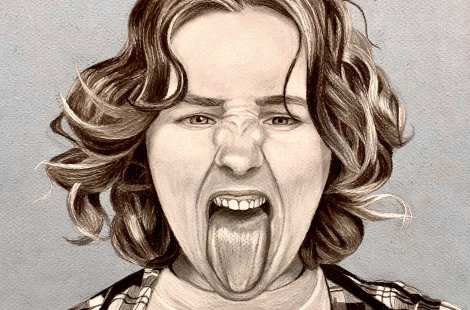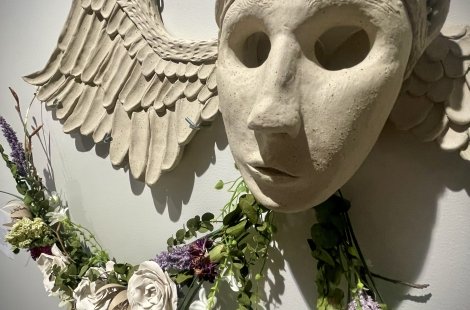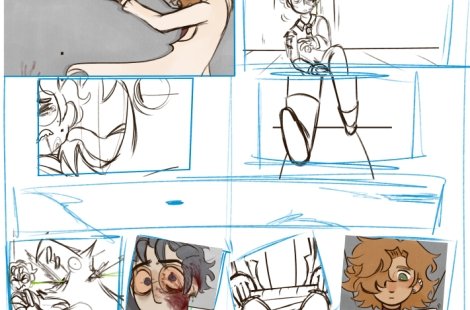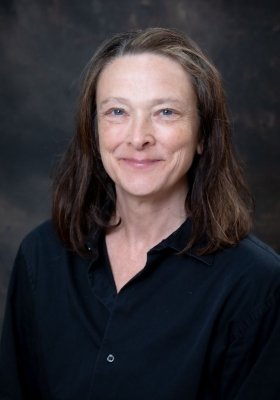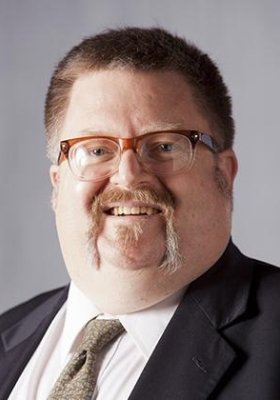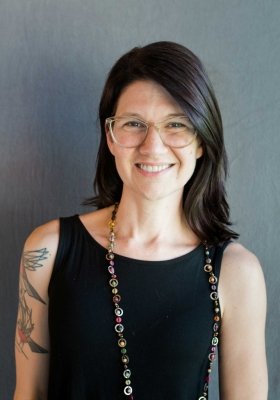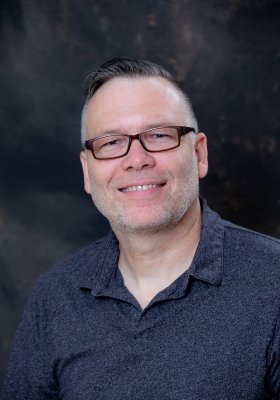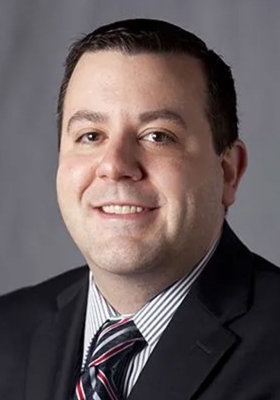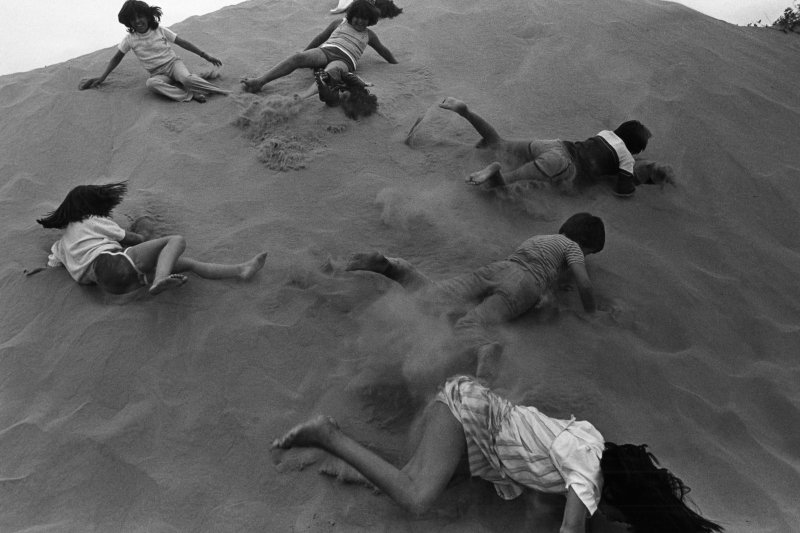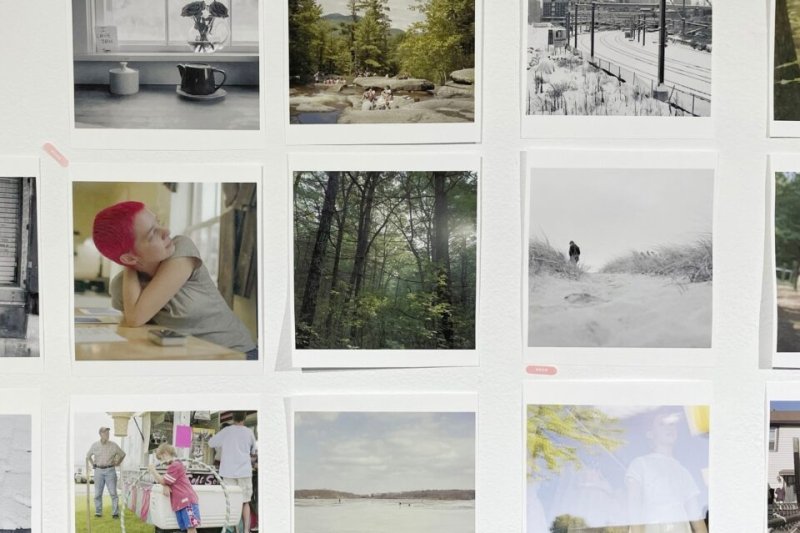Art (Studio Art) Major

At Salve Regina University, our studio art major is crafted for students who want to transform their passion for art into a rewarding career. With intimate class sizes and faculty who are both accomplished artists and dedicated instructors, you'll receive personalized guidance as you dive into the theory, history and practice of the visual arts.
This incredible school helped my interest in this more whimsical form of art bloom. I was encouraged to draw in completely different styles, consider forms of storytelling that I never had before and explore where I saw art fitting into my life and career.
Whiteley Foster '16, adjunct faculty
Unleash Your Creativity
Our program encourages flexibility, allowing you to explore multiple areas of interest and develop a versatile skill set that today's employers value. Outside the classroom, you'll gain real-world experience through internships in galleries, design studios and other professional environments, helping you build a strong portfolio for your future career. Accredited by the National Association of Schools of Art and Design, our studio art program offers a high-quality education that opens doors in a variety of artistic fields.
What Sets Salve Apart
Salve is ranked in the top 6% of universities nationwide for long-term return on investment, according to Georgetown University's Center on Education and the Workforce.
The Salve Compass program runs through all four years, connecting college to career. With a focus on hands-on, real-world experiences, it ensures every student has the skills and knowledge to succeed in the job market.
Dorrance H. Hamilton Gallery
An important part of Newport's cultural scene, the Dorrance H. Hamilton Gallery showcases artwork by outstanding regional, national and international artists, as well as Salve Regina University students, faculty and alumni.
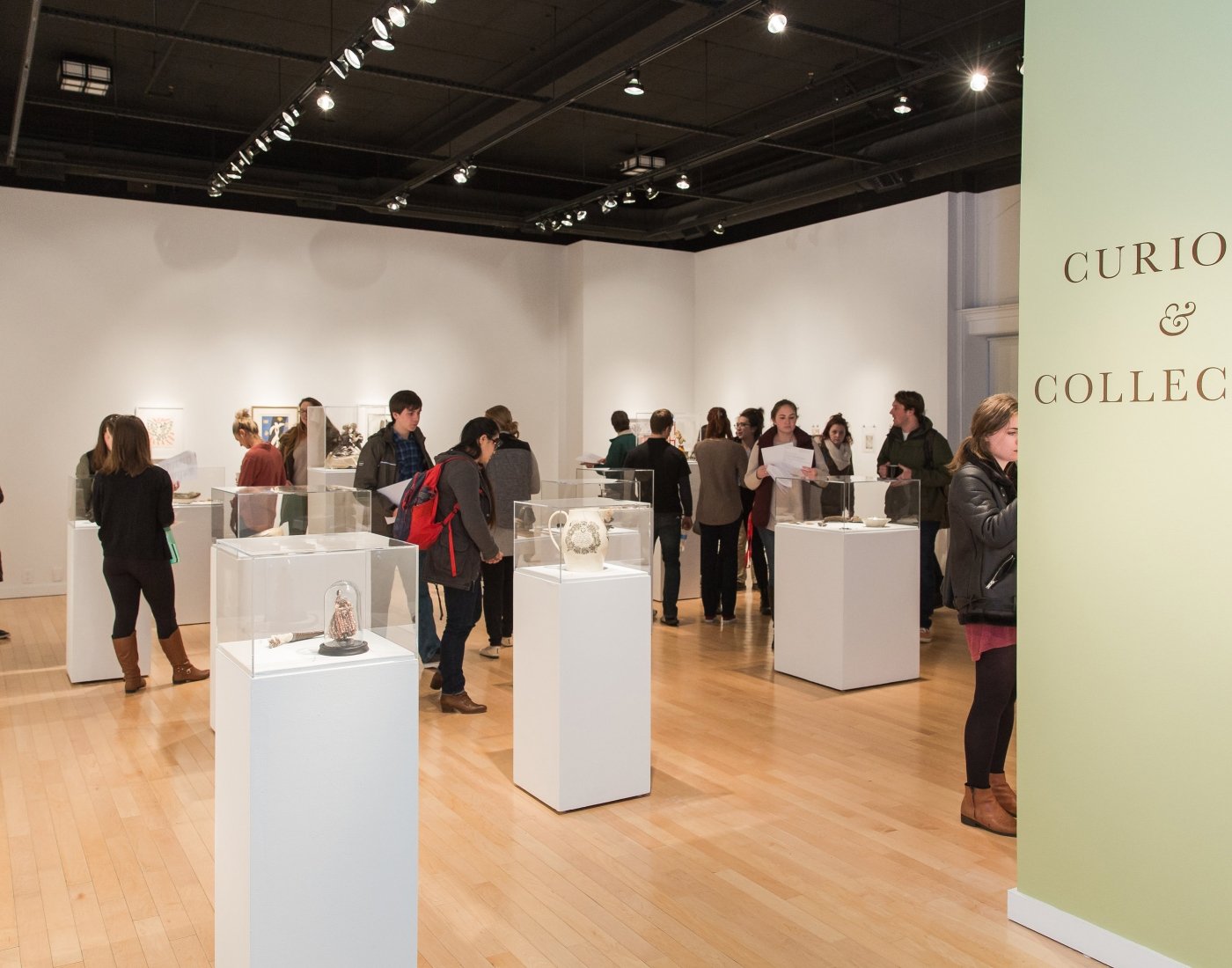
Choose Your Concentration
Customize your experience by choosing concentrations in ceramics, graphic design, illustration, interactive media arts, painting or photography - tailoring your education to your unique creative vision. We encourage you to push boundaries by pursuing double or even triple concentrations, equipping you with the adaptability today's job market demands.
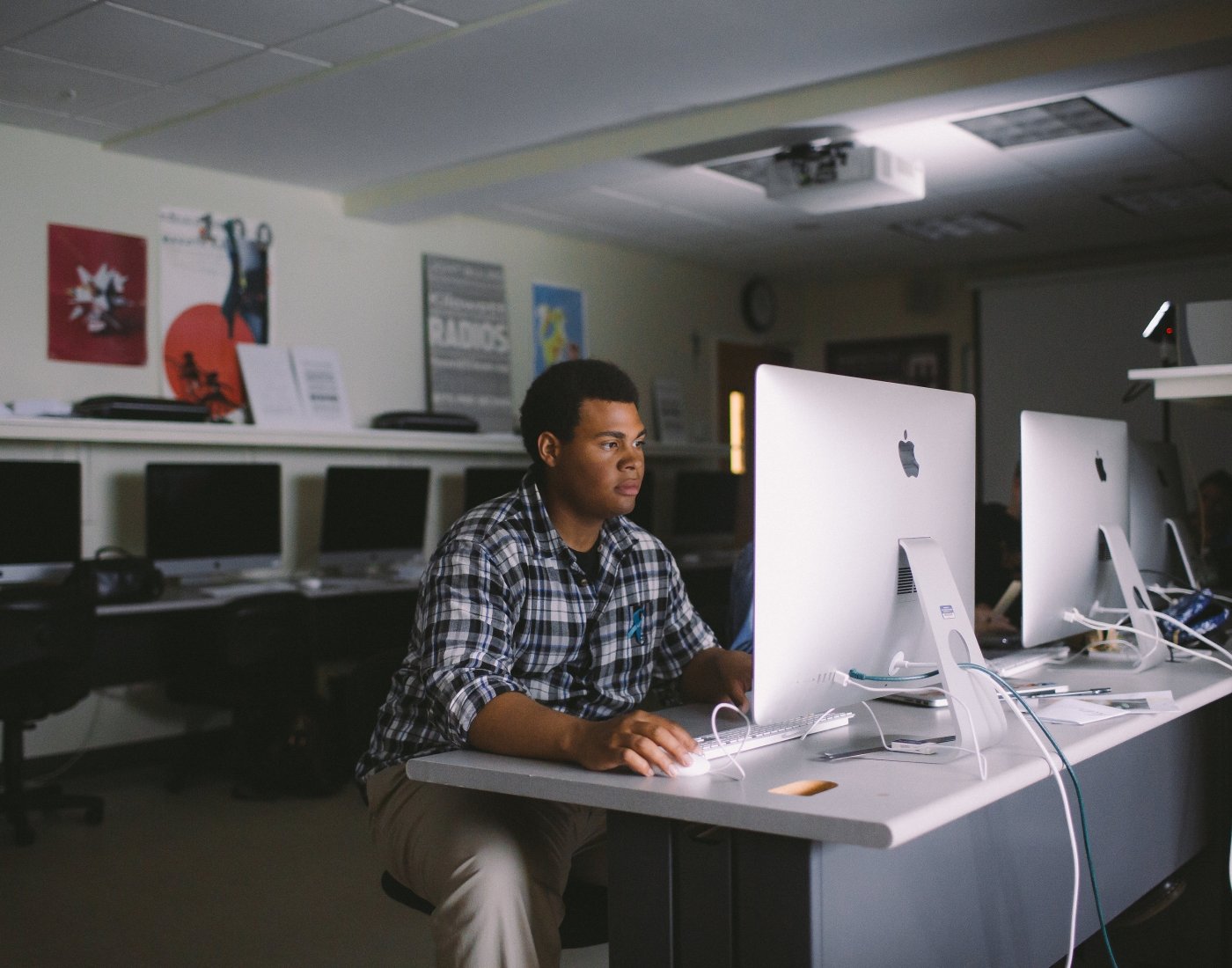
Connect, Create, Inspire
Studio art is more than just a field of study - it's a thriving, close-knit community where creativity flourishes and friendships grow. Our students connect through organizations like Art After Dark, Pottery Club, Salve Snapshot and AIGA (American Institute for Graphic Arts), which offer opportunities to explore new mediums, collaborate on projects and engage with Newport’s vibrant arts scene. Whether you’re throwing clay on a pottery wheel, capturing the perfect shot or creating alongside peers in late-night studio sessions, you'll find a supportive environment that fosters artistic growth, inspiration and lifelong connections.
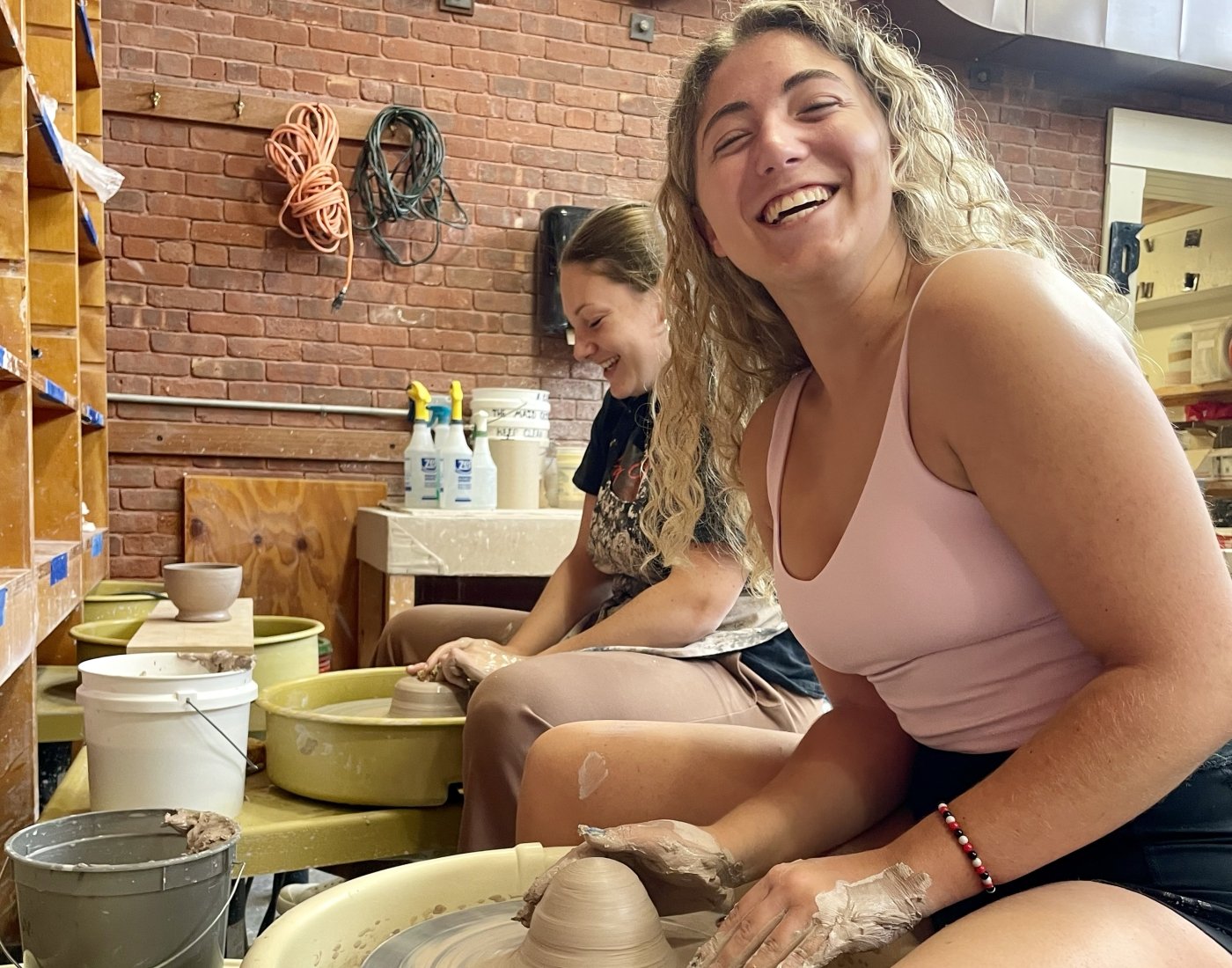
Students and Alumni Making Waves
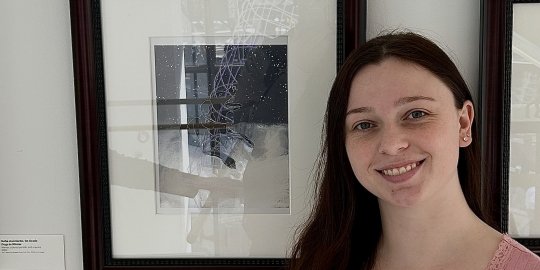
Claire Roane
Studio art major, concentration in illustration
"It's a great community. You feel like your professors truly see you as an artist, not just a student." Read more about Roane's artwork, recently featured in the AKC Museum of the Dog.
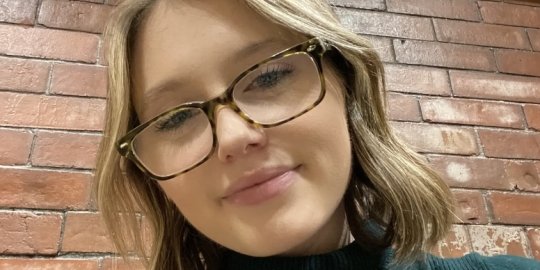
Michaela Conway '23
Social media strategist, Modern Designs Salon
Michaela Conway participated in the senior honors thesis exhibition, "Vitruvian Women," in the Dorrance H. Hamilton Gallery during the spring 2023 semester. For this special exhibition, she created the brand Florence - a fashion line that took inspiration from historic Newport mansions like Ochre Court. Read more about Conway's senior thesis project.
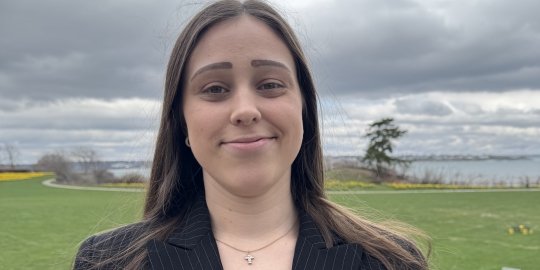
Abigail Gibson
Studio art major, concentration in graphic design
"I had never participated in curating an exhibit before, so it was interesting to learn the process of all the steps that go into it, and it was exciting to know that our ideas made an impact on the gallery." Read more about Gibson's contributions to the exhibit.
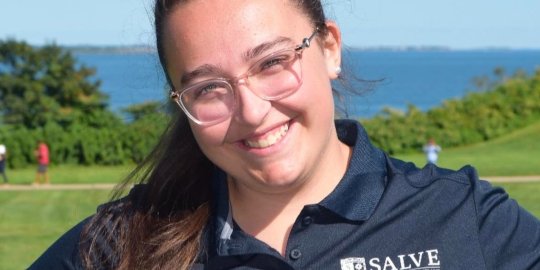
Samantha Mansolf
Studio art major, concentrations in graphic design and photography
"I didn't have much faith in myself, especially my first semester. I remember taking a drawing class and thinking, 'Oh there's no way.' But my professor was amazing - he helped me realize that through art, I can still do the things that I love." Read more about Mansolf's Salve experience.
Study Abroad Opportunities
At Salve, studying art isn’t confined to the classroom - it's a global adventure. With 200+ study abroad programs in 45 countries, you'll have the opportunity to immerse yourself in the artistic and cultural landscapes that shaped civilizations. Our study abroad programs let you engage directly with the world's most iconic artworks and architectural wonders, deepening your understanding of diverse cultures, artistic traditions and historical movements.
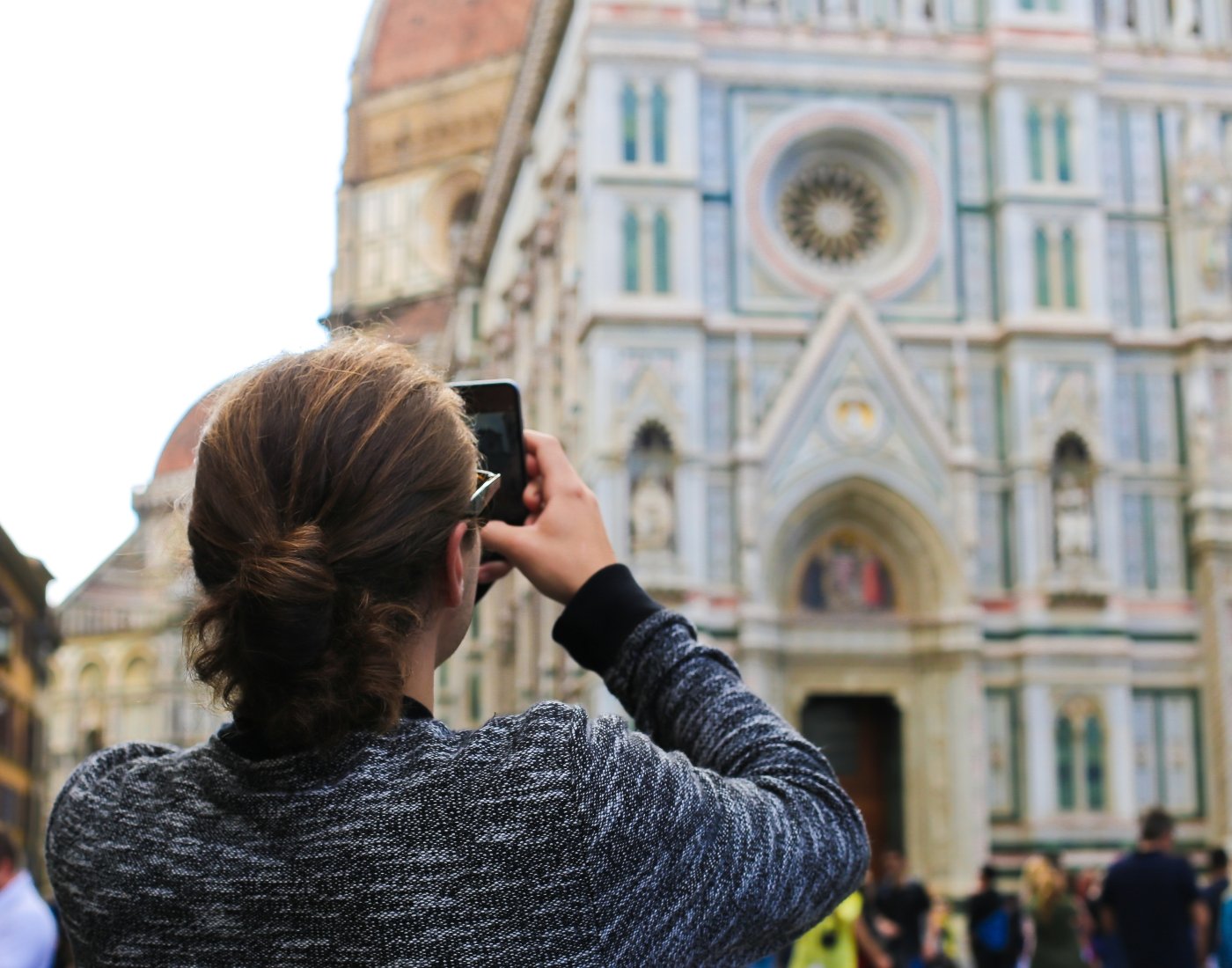
Shape Your Own Path
Studio art majors can double major in fields like business, marketing, psychology, English, cultural and historic preservation and more, opening exciting new career opportunities. Combining the creative power of studio art with practical knowledge in these areas allows you to bring a unique, interdisciplinary approach to your work. Whether you're interested in blending art with business strategies, applying psychological insights to creative processes or exploring the intersection of art and history, this combination equips you with diverse skills that are highly valued in today's job market.
A studio art minor allows you to enrich your studies and enhance your creativity. It helps you develop critical thinking skills, refine your ability to analyze visual culture and gain a deeper appreciation for creative expression - tools that translate well into a variety of careers, from marketing and communications to arts administration and beyond.
Turn Your Passion Into a Dynamic Future
A liberal arts education in studio art opens doors to a wide range of career opportunities. Many graduates have gone on to become accomplished studio artists, showcasing their work in prestigious galleries and museums. Others have found success in fields like advertising, marketing and management, with some contributing to major media outlets like MTV and PBS.
Salve graduates also thrive in nonprofit work, public service and education - some have served with the Peace Corps, while others have become art therapists or teachers. Many continue their journey by pursuing advanced degrees or certificates in the arts and related fields, further expanding their impact on the creative world.
Through the Lens of Students
Degree Options
Bachelor of Arts in studio art
Our studio art curriculum emphasizes an understanding of the visual elements with their many complex interactions and a sound technical background from which creative responses may be elicited. All majors choose at least one concentration in ceramics, graphic design, illustration, interactive media arts, painting or photography.
Ceramics concentration
Our ceramics concentration uses clay as a material for problem solving, in both traditional (functional) or conceptual (sculptural) styles. Skill building, technical understanding and an exposure to 10,000 years of ceramic cultural history are coupled with stretching the limits of your creative problem-solving abilities.
Graphic design concentration
Our graphic design concentration provides an understanding of visual communication concepts, nurtures the ability to critically analyze visual messages, and familiarizes you with the skills and technology available to solve visual problems.
Illustration concentration
Our illustration concentration explores an artistic practice that fully employs the communicative and transformative function of art. Illustration may also serve as a commercial application for skills learned in drawing and painting classes.
Interactive media arts concentration
Our interactive media arts concentration explores the impact and diversity of the computer as a communication tool. The program includes studies of physical computing, advanced web technologies, gaming, generative art, cartoon animation, digital video and sound editing.
Painting concentration
From observational rendering to a more complete understanding of color relationships, our painting concentration leads you through a continuum of challenges to a more sophisticated knowledge of the painter's art and craft.
Photography concentration
Our photography concentration explores technique with an aim to develop a more personal means of visual expression through both traditional (analog) and digital means. The historic context of the medium - from time motion, and space to the provocative nature of social issues - is presented at all levels of the program.
Minor in studio art
Meet Our Studio Art Faculty
We are a dedicated group of professional artists, scholars, designers and teachers who bring the same passion and vigor we hold for our own work into the classroom. We are committed to helping our students discover their individual strengths and go to great lengths to help them realize their goals.

